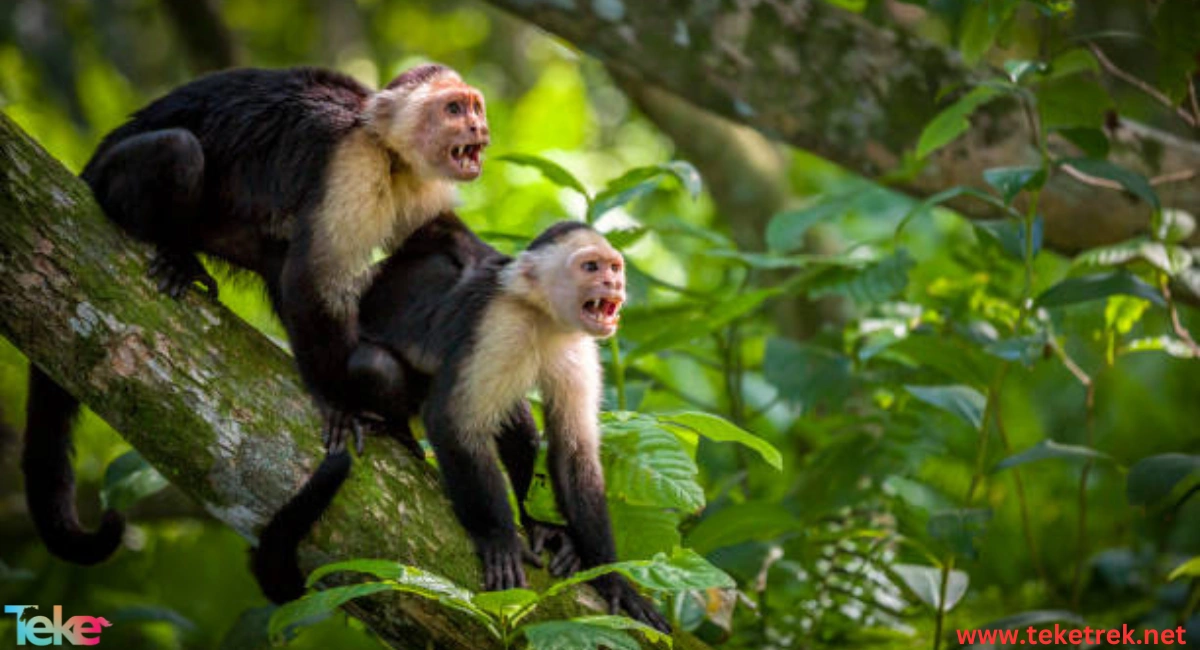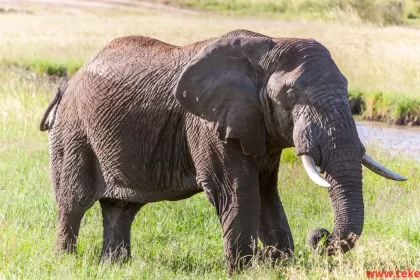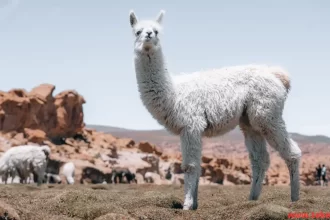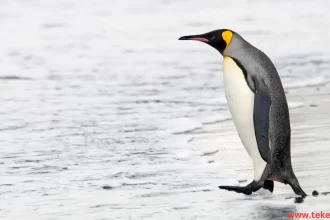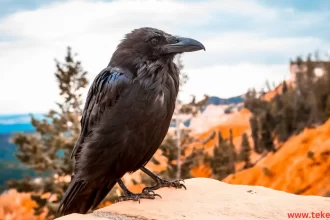Wild and predatory animals are an integral part of natural ecosystems, as these species play an important and vital role in maintaining the balance of the environment and controlling the number of other species. Wild animals include a wide range of creatures that live in the wild and adapt to different natural environments, while predators are known for their ability to hunt and prey to maintain their survival.
Studying these animals is of great importance, not only to understand their behavior and adaptation to the environment, but also to preserve biodiversity and manage natural resources. By studying wild and predatory animals, we can identify the factors that affect their survival and how to enhance their natural habitats to ensure their sustainability. In addition, these studies help us develop strategies to address environmental challenges and protect endangered species.
In general, studying wild and predatory animals is an essential part of scientific efforts aimed at maintaining the balance of ecosystems and understanding biodiversity on our planet. Therefore, through this article from teketrek, we will highlight their types and the adaptations they obtain in addition to mentioning the importance of preserving them. An article similar to a journey into the depths of the forests, so stay with us on this enjoyable journey.
Types of Wild Animals
Wild animals are classified based on the environments in which they live, as each group of animals adapts to the unique conditions of those environments. These are some types of wild animals that live in their different environments:
- Wild animals in forests: Tropical rainforest such as tigers, gorillas, parrots, snakes.
- Temperate forest such as bears, foxes, deer, squirrels.
- Wild animals in deserts: Hot desert such as camels, sand snakes, lizards, scorpions. Cold desert such as arctic foxes, ibex, hares, rodents.
- Wild animals in mountains:
- Mountainous heights such as ibex, eagles, mountain foxes, snow leopards. Mountain forests such as brown bears, mountain pigeons, mountain monkeys.
- Wild animals in plains and meadows: Grassland plains such as lions, giraffes, elephants, antelopes.
- Temperate meadows such as bison, wolves, wild dogs, deer.
- Wild animals in aquatic environments: Marshes and swamps such as crocodiles, hippopotamuses, waterfowl, various fish.
Lakes and rivers such as salmon, beavers, otters, turtles.
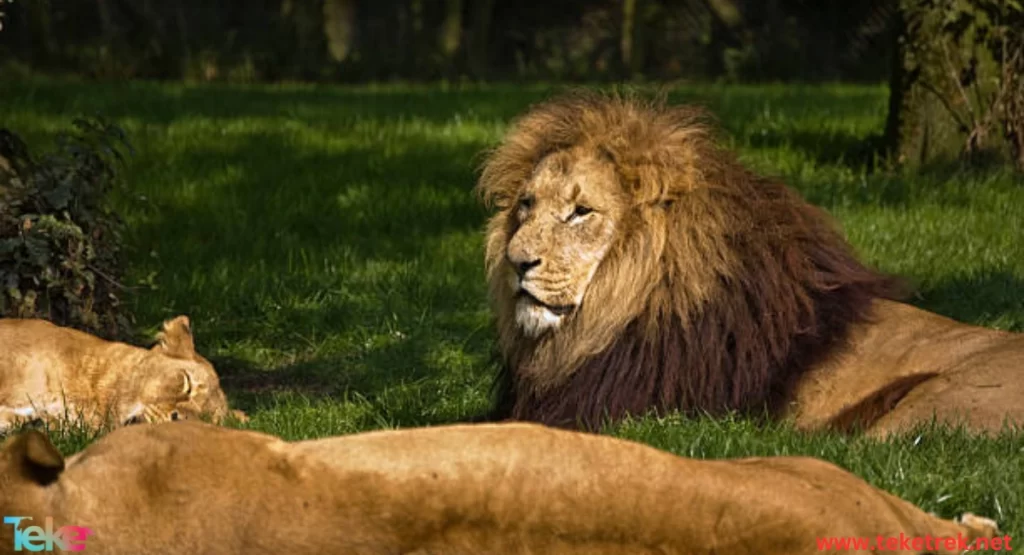
Types of predators
Predators are an important part of ecosystems, as they contribute to maintaining the balance of nature by controlling the numbers of prey, and among the most prominent of these types are the following:
1- Lions:
- Description: Lions are known as the king of the jungle, although they live in the plains, but they live in groups called packs.
- Environment: Grassy plains and deserts in Africa.
- Food: They depend on collective hunting of large prey such as giraffes and buffaloes.
2- Tigers:
- Description: Tigers are considered one of the most agile and powerful animals, distinguished by their unique striped spots.
- Environment: Dense forests and swamps in Asia.
- Food: They hunt a variety of prey including deer and wild boars.
3- Wolves:
- Description: Wolves live and work in groups known as teams, characterized by cooperation and organization in hunting.
- Environment: They live in the northern forests and plains of North America and Eurasia.
- Food: They depend on hunting large animals such as deer and hares.
4- Cheetahs:
- Description: They are one of the fastest land animals, known for their speed and agility.
- Environment: Grassy plains and deserts in Africa.
- Food: They hunt fast animals such as antelopes and small deer.
5- Bears:
- Description: Bears are characterized by their strength and ability to adapt to diverse environments.
- Environment: They live in mountain forests and northern forests in Asia and North America.
- Food: Their food varies between fish, small mammals, and fruits.
6- Crocodiles:
- Description: They are considered one of the oldest predators that still exist today, characterized by their ability to survive in water and land.
- Environment: Rivers and swamps in tropical regions.
- Food: It hunts aquatic and terrestrial animals such as fish and mammals.
https://teketrek.net/en/how-to-teach-dogs-to-sit-an-easy-and-effective-guide-to-dog-training/
Environmental adaptations of predators
Predators are characterized by their ability to adapt to their different environments through a variety of behavioral and physical adaptations that enable them to survive and hunt efficiently, as each type of predator has a set of unique adaptations that help it survive and hunt successfully in its natural environment. Unique examples of these animals include the following:
1- The lion:
Adaptation to the environment: Lions live in grassy and desert plains where they can move freely and hide in short plants when searching for prey.
Skills: They rely on physical strength and group cooperation when hunting, as groups cooperate to catch large prey.
2- Tigers:
Adaptation to nature: These animals live in dense forests and swamps that provide them with the necessary cover to hide.
Skills: Tigers are characterized by agility and speed of attack, and they can climb and swim, which enables them to hunt a variety of prey.
3-Wolves:
Adaptation to the environment: Wolves can adapt to diverse environments such as northern forests and plains.
Skills: They rely on teamwork and organized communication while hunting, as they use complex strategies to catch prey.
4- Cheetah:
Adaptation to the environment: Cheetahs live in grassy plains and deserts where they have a wide range to run fast.
Skills: They are the fastest land animals and use their tremendous speed to catch small and fast prey.
5- Bear:
- Adaptation to the environment: Bears adapt to different environments such as northern forests and mountains .
- Skills: They depend on physical strength and the ability to move between different environments to search for food, such as fishing or searching for fruits.
6- Crocodile:
- Adaptation to the environment: Crocodiles live in rivers and swamps that provide them with water and the necessary cover to hide.
- Skills: They depend on patience and hiding in the water to approach the prey, in addition to strong jaws for hunting.
https://teketrek.net/en/best-pet-sterilizers-how-to-keep-your-pet-clean-and-healthy/
7- Eagle:
- Adaptation to the environment: Eagles live in mountainous and high areas that provide them with a wide view to search for prey.
- Skills: Eagles are characterized by sharp vision that enables them to monitor prey from long distances, in addition to strong claws for hunting.
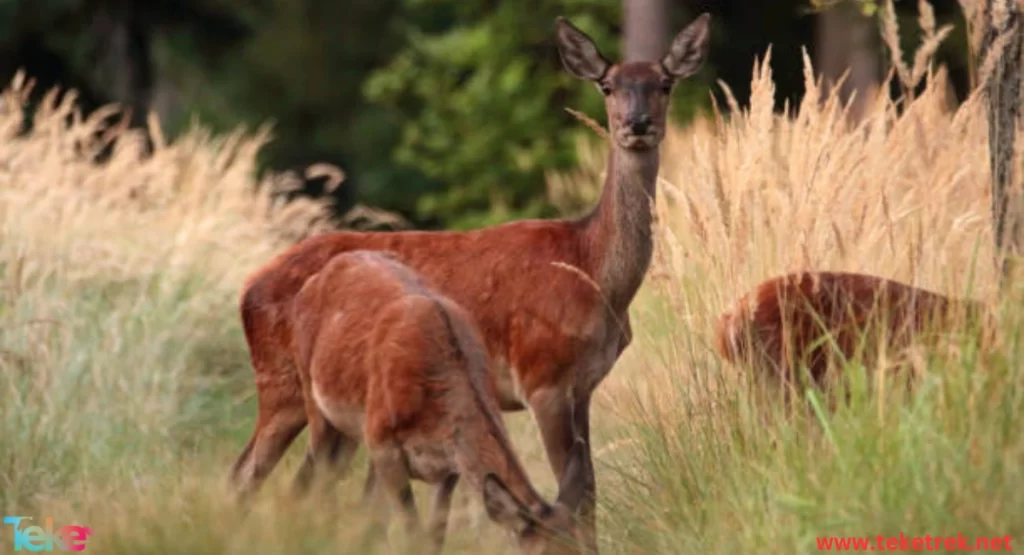
The importance of preserving wild and predatory animals: their role in the ecosystem
Preserving wild and predatory animals plays a fundamental role in maintaining the balance of the ecosystem, as these animals play important and integrated roles that contribute to the general health of natural environments, and help maintain biodiversity and its stability. The following reasons highlight the importance of preserving these organisms:
- Maintaining ecological balance by helping predators regulate prey numbers, which prevents their numbers from expanding unnaturally, which may lead to the depletion of natural resources and the destruction of habitats.
- Enhancing biodiversity, as the presence of predators helps enhance biodiversity by controlling prey numbers and avoiding the spread of invasive species.
- Supporting the health of prey species that often hunt weak or sick individuals of prey, which improves the health and strength of prey groups.
- Contributing to the chemical and biological balance of the soil by redistributing organic matter and nutrients through the waste of predators and the remains of their prey, thus enhancing plant growth and helping to maintain rich soil.
- Maintaining healthy natural habitats: Predators help maintain diverse and sustainable natural habitats by reducing overgrazing and other impacts of prey species on the environment.
- Promoting scientific studies and research that provide a deeper understanding of ecology and biology, which contributes to the development of new strategies for preserving and protecting the environment.
- Ecotourism: There are many natural areas that depend on the presence of wild and predatory animals to attract tourists, which contributes to supporting the local economy and providing job opportunities.
In conclusion, we find that wild and predatory animal species constitute an essential part of the biodiversity that enriches our planet. Understanding and protecting them means maintaining the balance of ecosystems, achieving the sustainability of natural resources, and ensuring the survival of many species. Protecting animals also enhances our understanding of nature and our relationship with it, and helps prevent many environmental disasters that may result from biological imbalance.

